
The ruins of St. John the Baptist Church, site of Bram Stoker’s baptism, in Clontarf, Dublin. (Photograph by the author)
ILLUSTRATIONS

The ruins of St. John the Baptist Church, site of Bram Stoker’s baptism, in Clontarf, Dublin. (Photograph by the author)
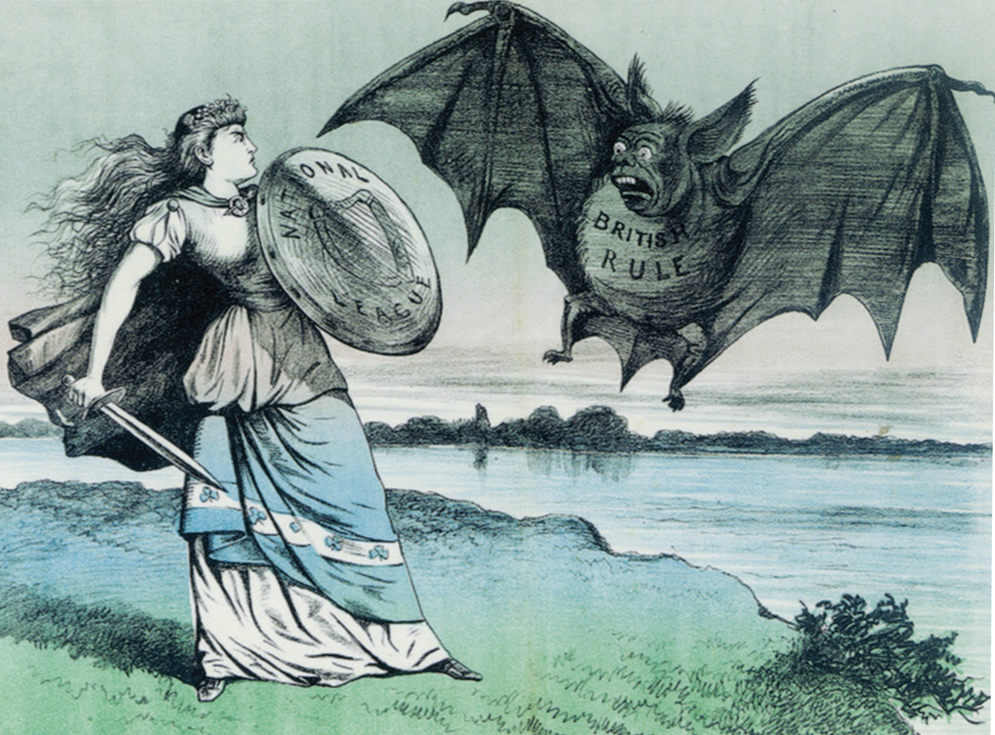
Anti-crown sentiment in Ireland caricatured as “The English Vampire” in the Irish Pilot, November 7, 1885.

Early twentieth-century postcard of the main entrance to Trinity College Dublin, unchanged since Stoker’s student days of the 1860s.

Lady Jane Wilde, a.k.a. “Speranza,” seen here in a crayon portrait by J. Morosini, circa 1870, was one of Stoker’s Dublin mentors.

Oscar Wilde, son of Lady Jane and Sir William Wilde, matriculated at Trinity before moving on to Oxford. He would remain Stoker’s lifelong, hovering acquaintance.

Actress Genevieve Ward, one of Stoker’s closest friends, from a painting by Hugh G. Riviere.
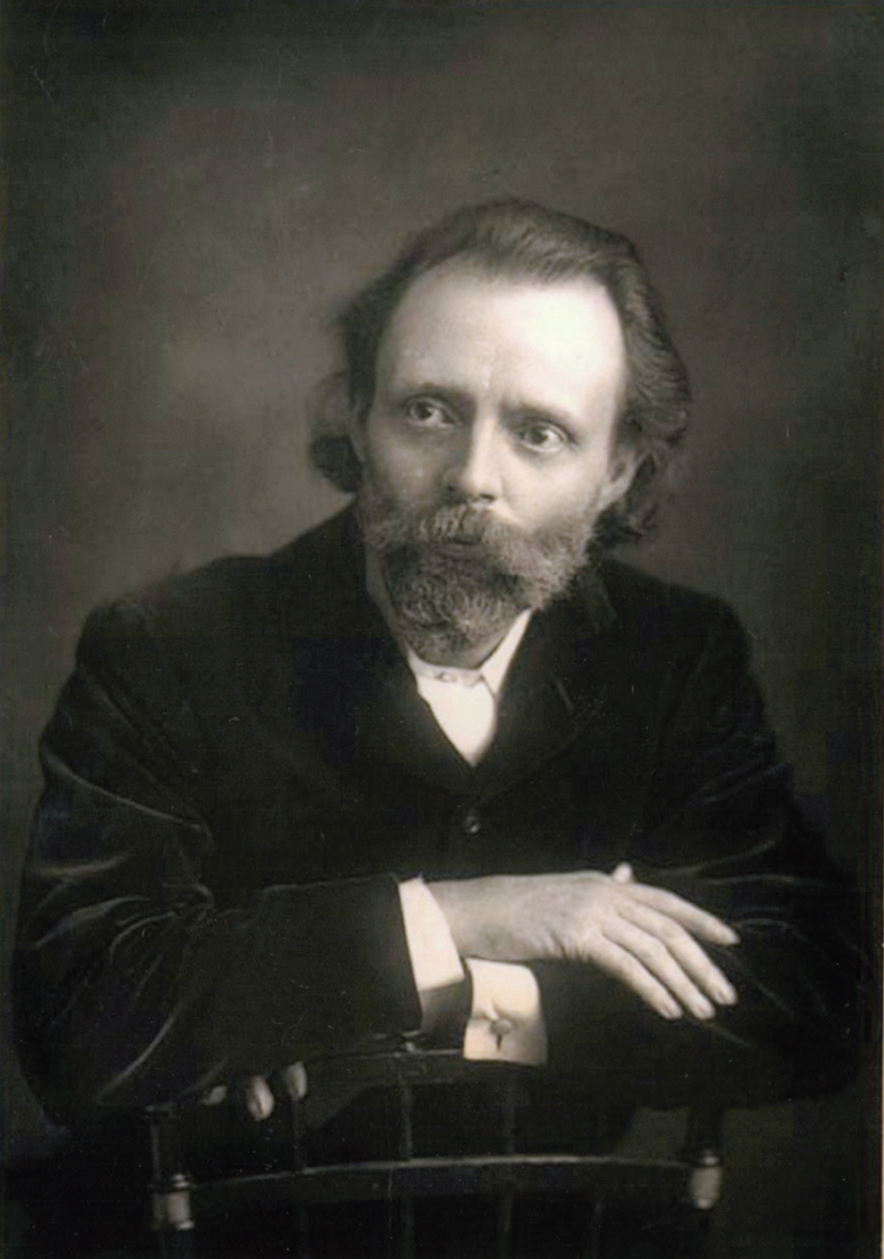
The best-selling Victorian novelist Hall Caine, to whom Dracula was dedicated, was Stoker’s most intimate friend.

The Hall Caine Memorial on the Isle of Man. (Photograph by the author)

Ellen Terry as Lady Macbeth, painted by John Singer Sargent (1889).

Henry Irving as Macbeth, painted by James Archer (1875).
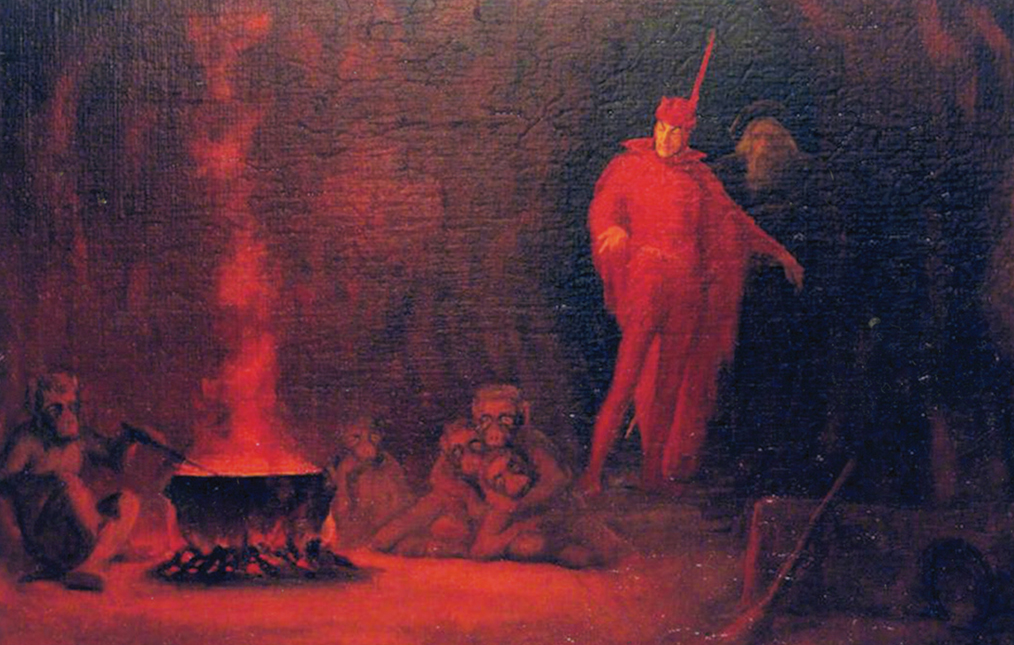
Henry Irving as Mephistopheles in the Witches’ Kitchen scene from Faust (1886), painted by William Henry Margetson.

The Lyceum Theatre interior as it appeared in the 1890s.
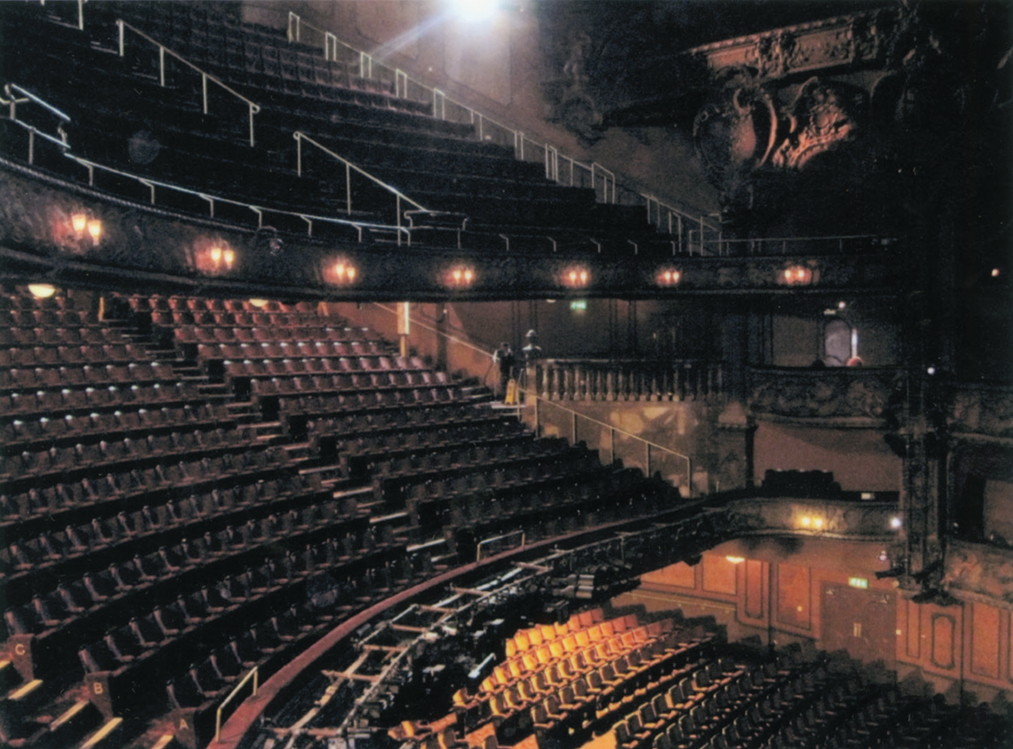
The Lyceum Theatre today. (Photograph by the author)

Whitby Abbey, North Yorkshire, a major inspiration and prominent location for Dracula, as captured in an 1890 mist by photographer Frank Sutcliffe.
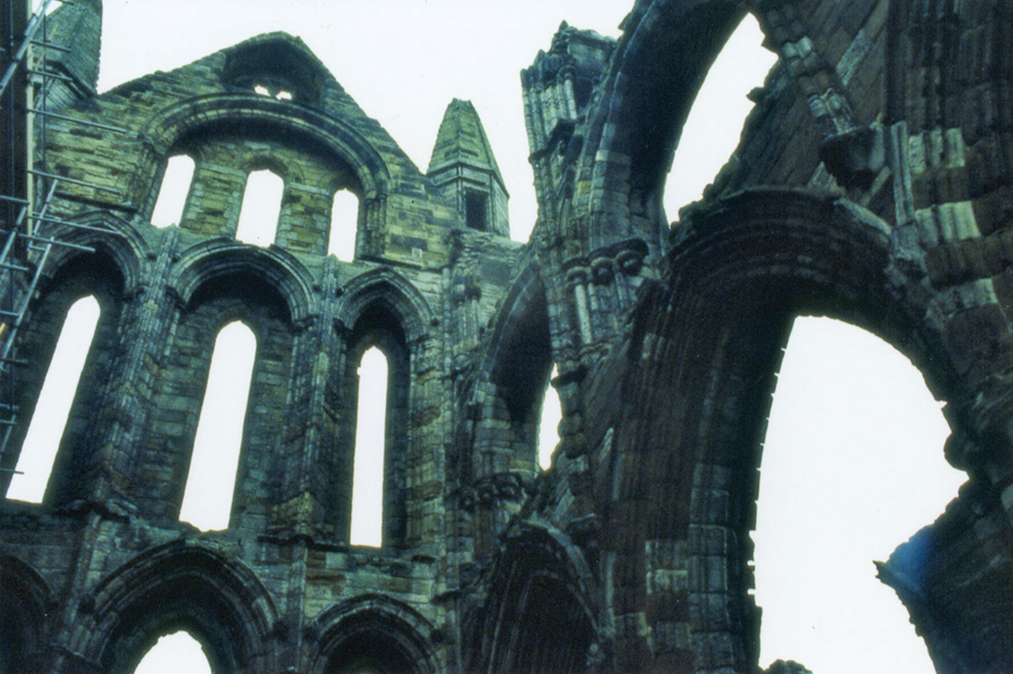
Whitby Abbey today. (Photograph by the author)

Dracula’s 1897 publication was preceded by a marathon reading at the Lyceum for purposes of theatrical copyright. The opening page of Stoker’s script at the British Library.
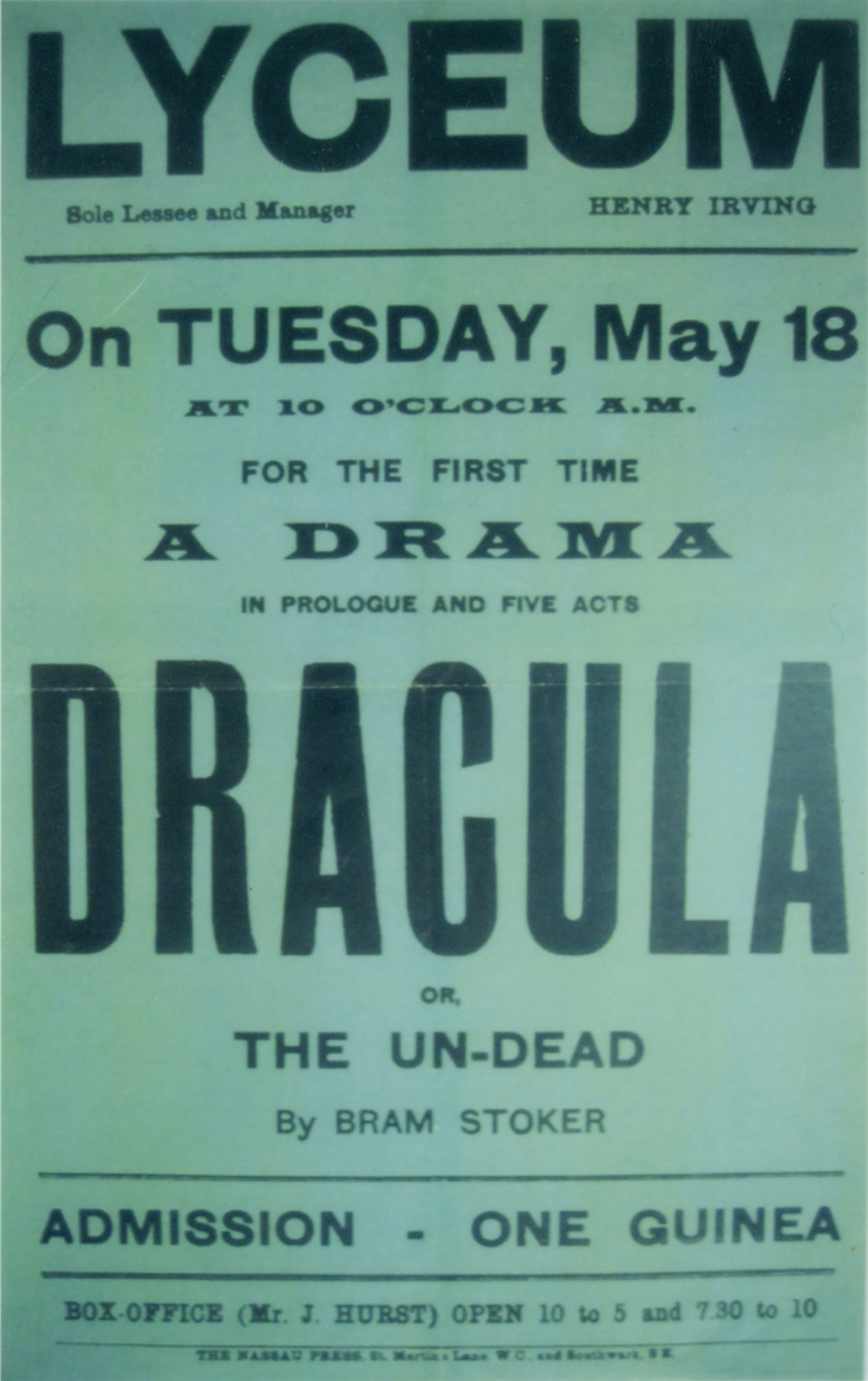
Poster for the staged reading.

(top and bottom) The original Archibald Constable edition of Dracula, with first-day inscription to its dedicatee, Hall “Hommy-Beg” Caine. (John Moore Library)


A representative sampling from Dracula’s publication history. Top row, left to right: First American edition, Doubleday & McClure, 1899; second Doubleday edition, 1902; William Rider & Son (UK), 1912. Middle row: Grossett & Dunlap, 1928: Modern Library, 1932; second Modern Library edition, 1940, cover design by Edward McKnight Kauffer. Bottom row: Dell Books, 1965, illustration by Paul Davis; New American Library/Signet Classics, 1965; Doubleday, 1975, illustration by Ben Feder. (John Moore Library)

Pamela Coleman Smith, noted designer of the Waite tarot card deck, provided color illustrations for the first edition of The Lair of the White Worm (1911). Lady Arabella March goes into her snake dance.

Stoker’s fondness for hawk-faced villains reached a new high in the shadow-visage of Edgar Caswall. (John Moore Library)

Actress Amanda Donohoe, as Lady Sylvia Marsh, slithered her way through The Lair of the White Worm’s over-the-top 1988 screen adaptation by director Ken Russell. (Vestron Picture)

A pair of piracies. F. W. Murnau’s classic of German Expressionism, Nosferatu (1922), blatantly plagiarized Dracula and set off an international legal battle with Stoker’s widow, who succeeded in having the film removed from general circulation. (Courtesy of Ronald V. Borst/Hollywood Movie Posters)

The pirated 1926 Hungarian translation could not be legally challenged; Hungary had not yet joined the Berne Copyright Convention.
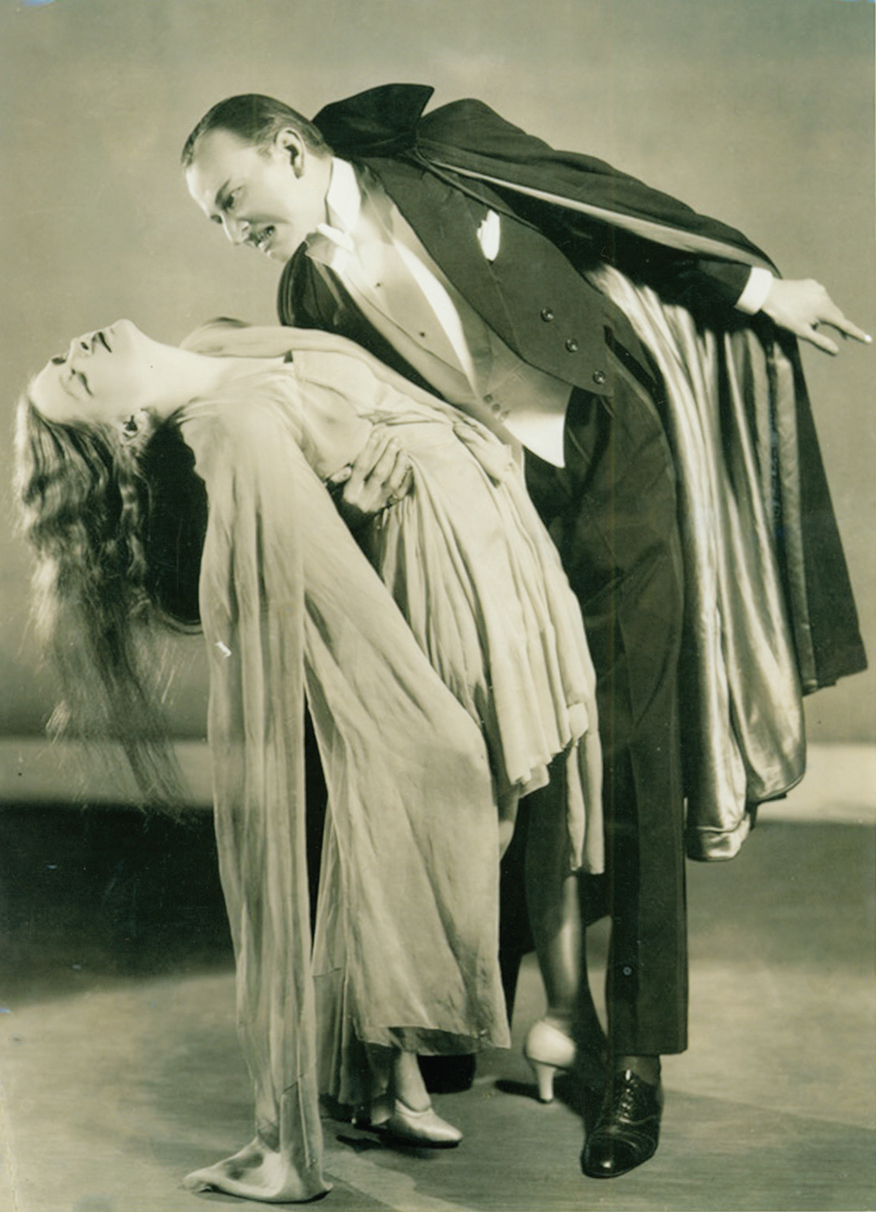
Raymond Huntley, the original stage Dracula in London’s West End, reprised the role on tour in America for producer Horace Liveright.

The original London program for Dracula at the Little Theatre (1927).
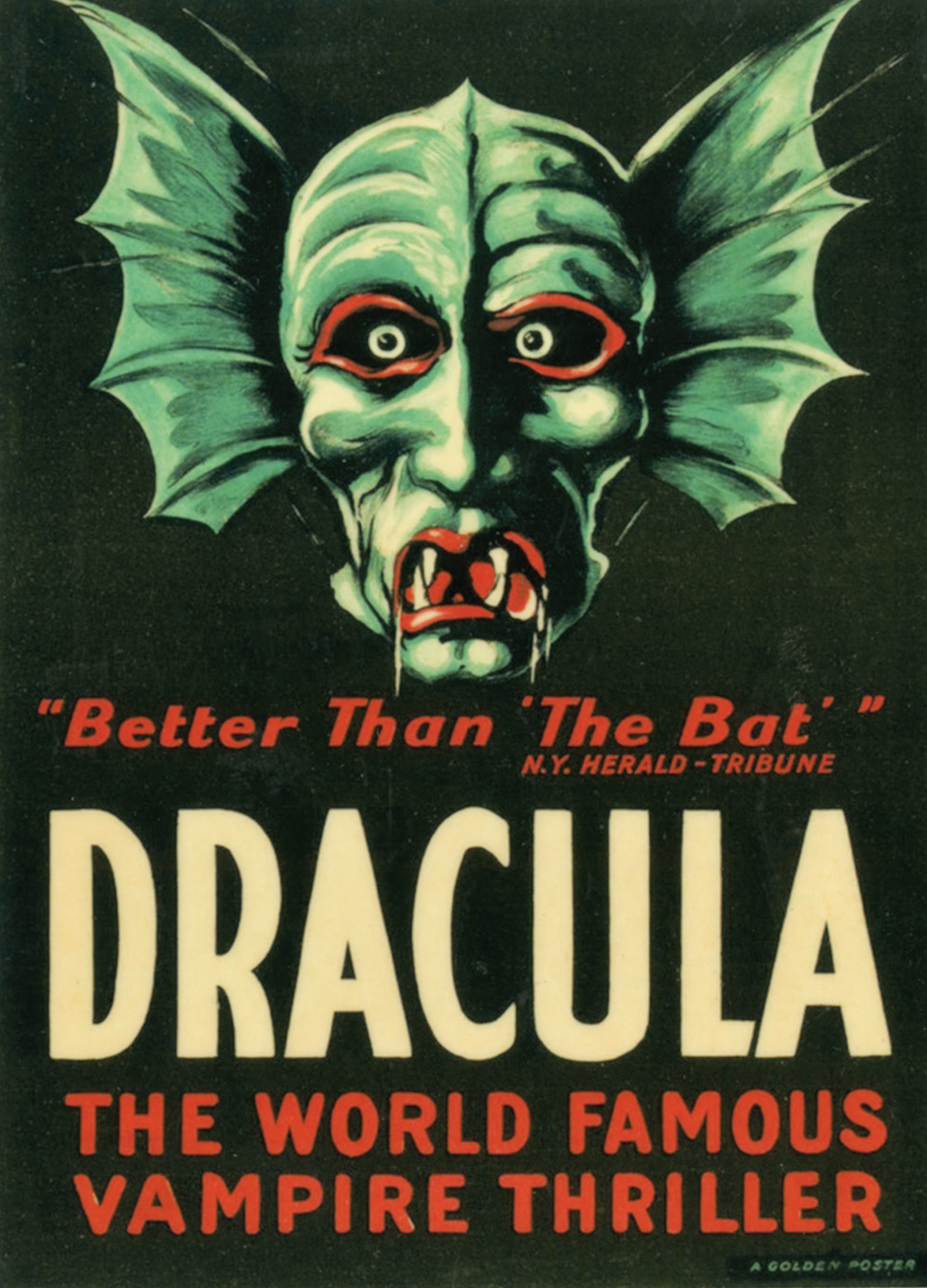
Artist Vernon Short’s startling poster for Horace Liveright’s Broadway production of Dracula in 1927 and his touring productions from 1928 to 1930.
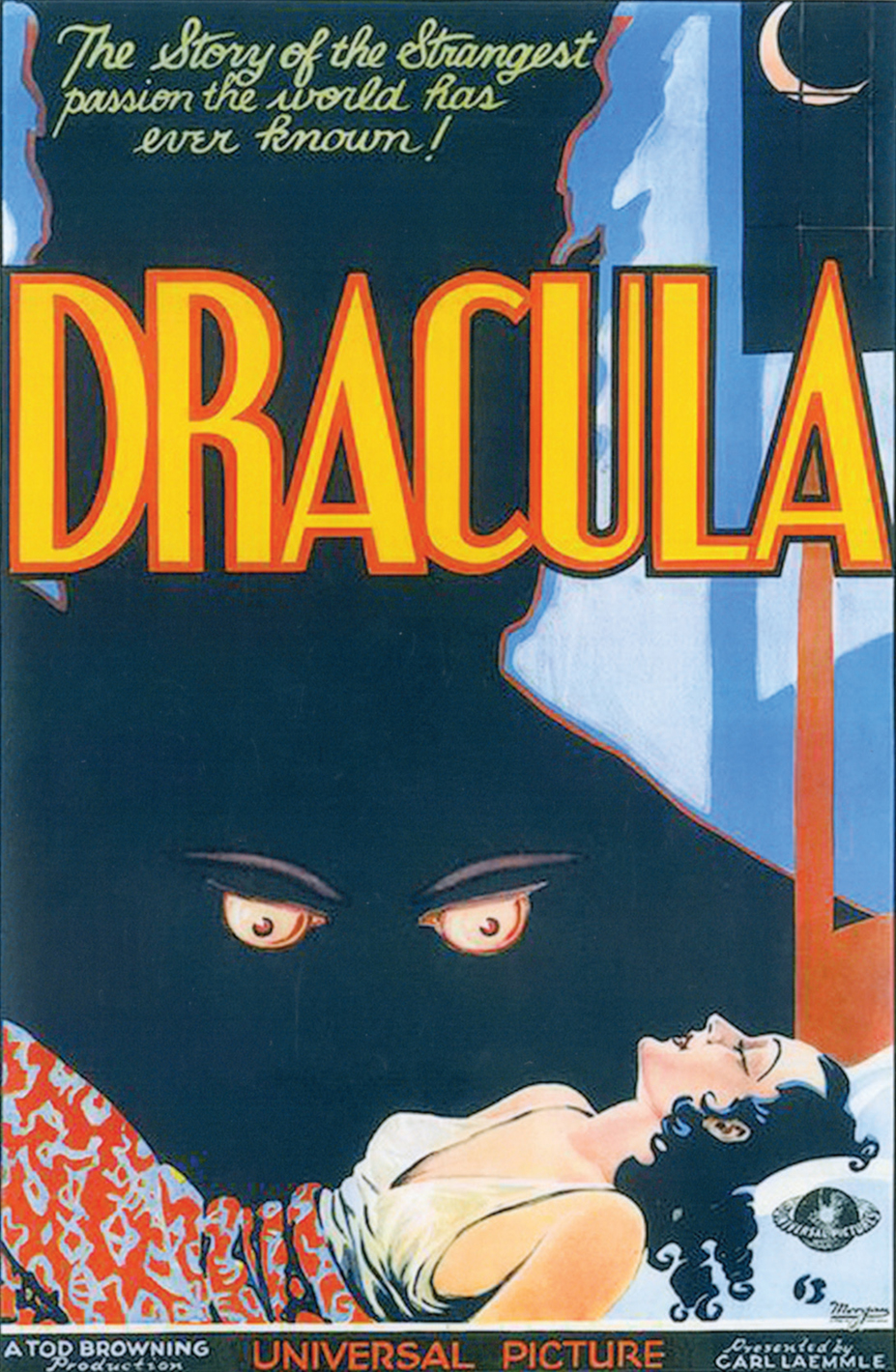

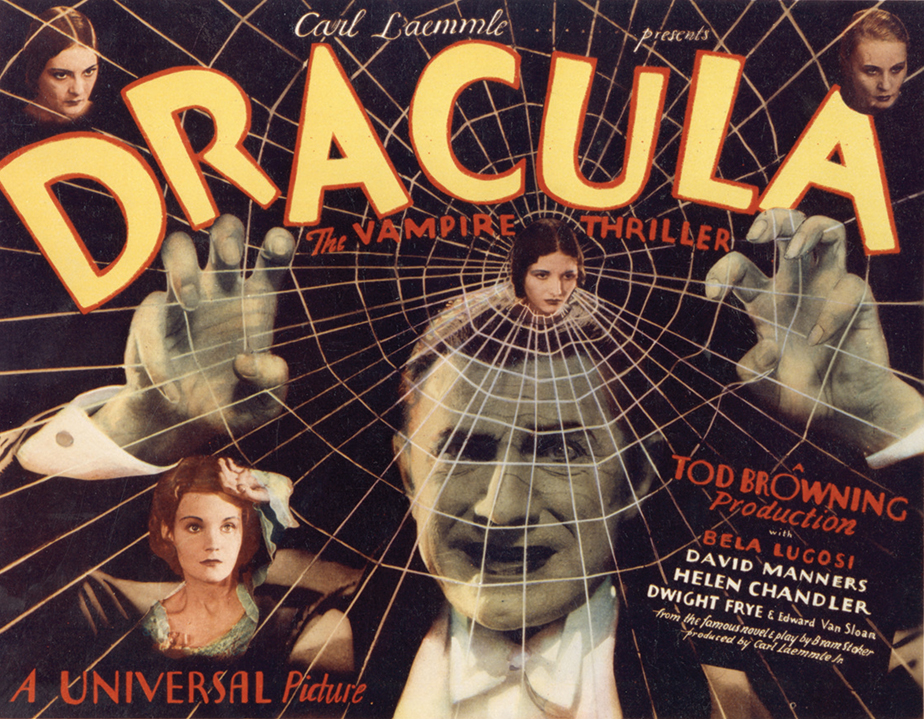
The most iconic Dracula film adaptation was the 1931 classic produced by Universal Pictures, starring Bela Lugosi and directed by Tod Browning. A simultaneously produced Spanish-language version (bottom) was equally successful in Mexico, Central and South America, and Spain.
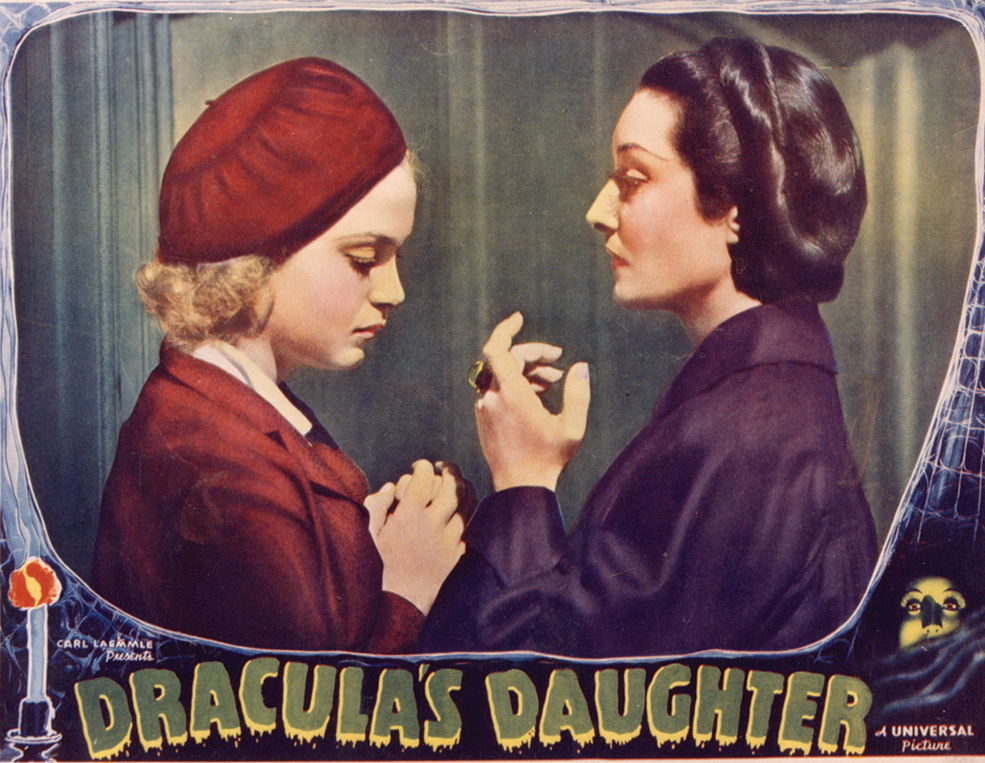
Dracula’s Daughter (1936), also produced by Universal, demonstrated the coded manner in which sexual minorities were sometimes depicted under the restrictions of the Production Code.
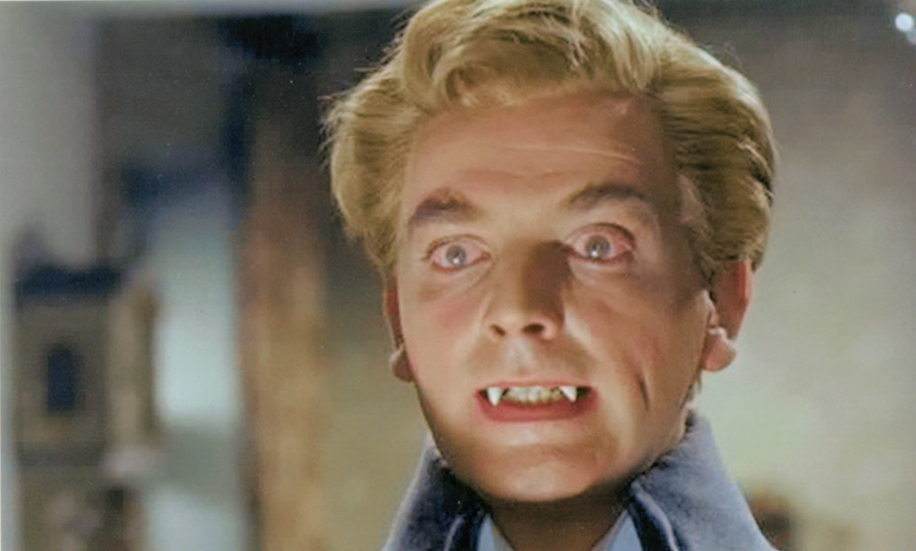
“Bosie with fangs”: David Peel’s undead baron in Hammer Films’ The Brides of Dracula (1960) had serious mother issues along with his unnatural appetite.
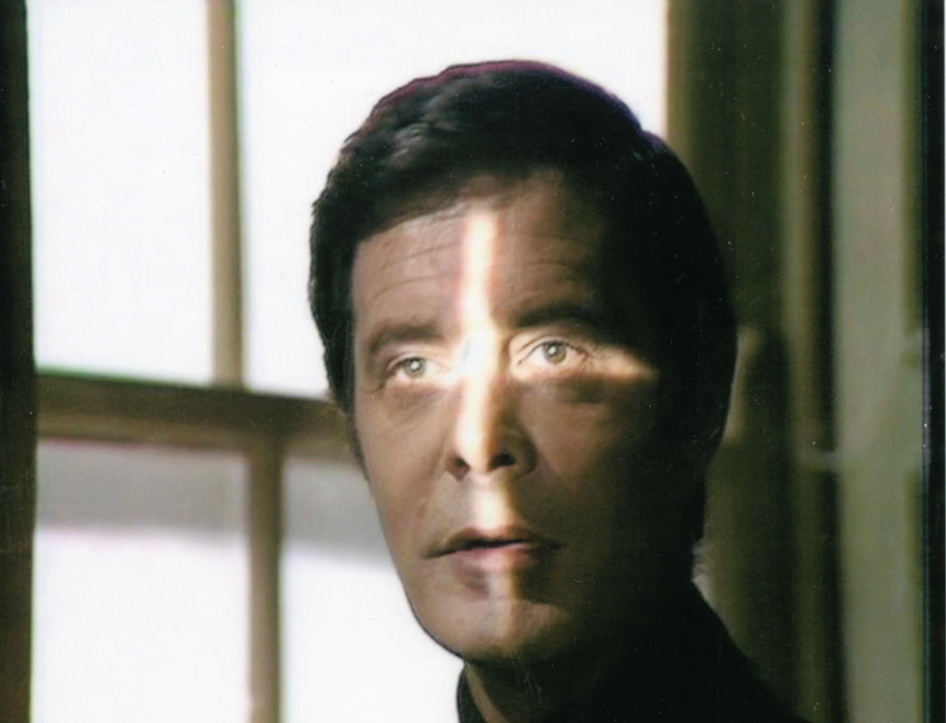
The BBC television miniseries Count Dracula (1977) starred Louis Jourdan in what remains the most faithful adaptation of Stoker’s novel.
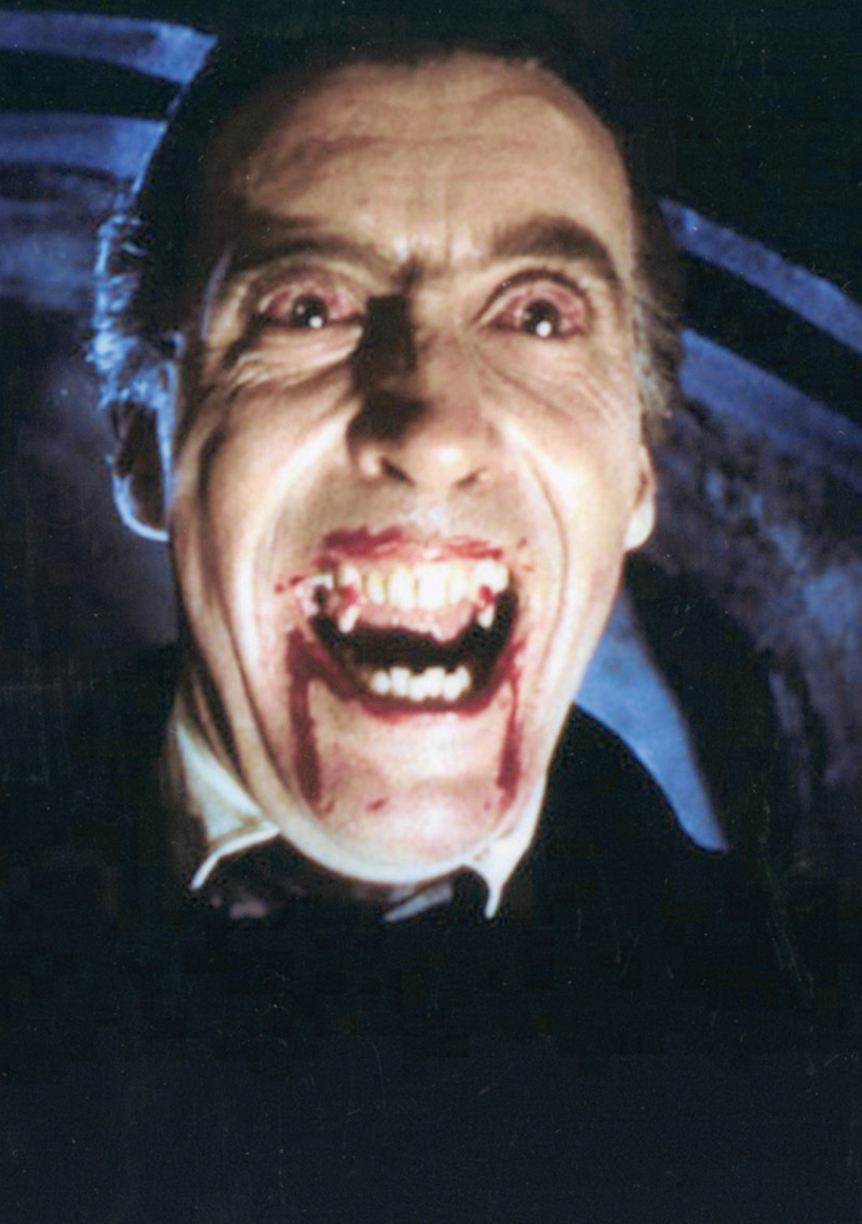
Three of the most iconic post-Lugosi screen Draculas: Christopher Lee in Hammer Films’ Dracula (1958; US title, Horror of Dracula);
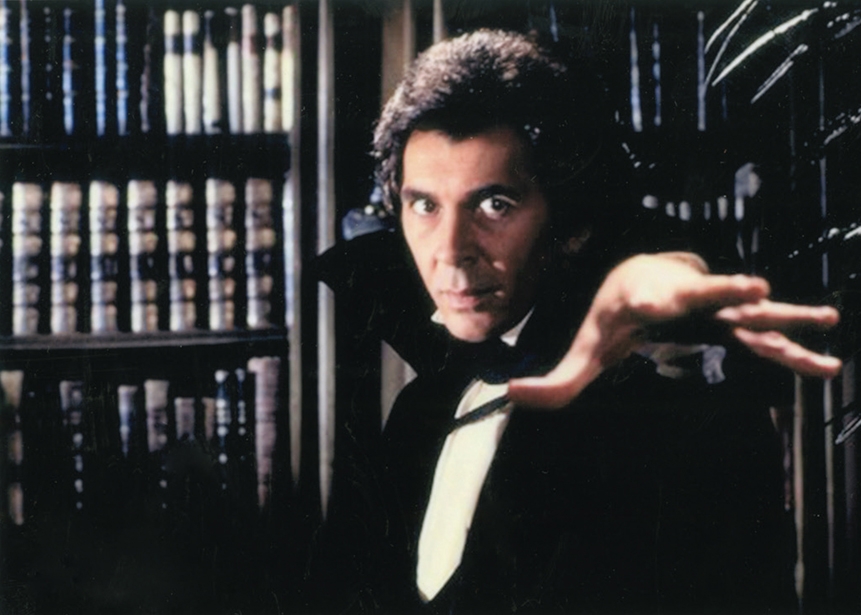
Frank Langella in Universal’s 1979 remake;
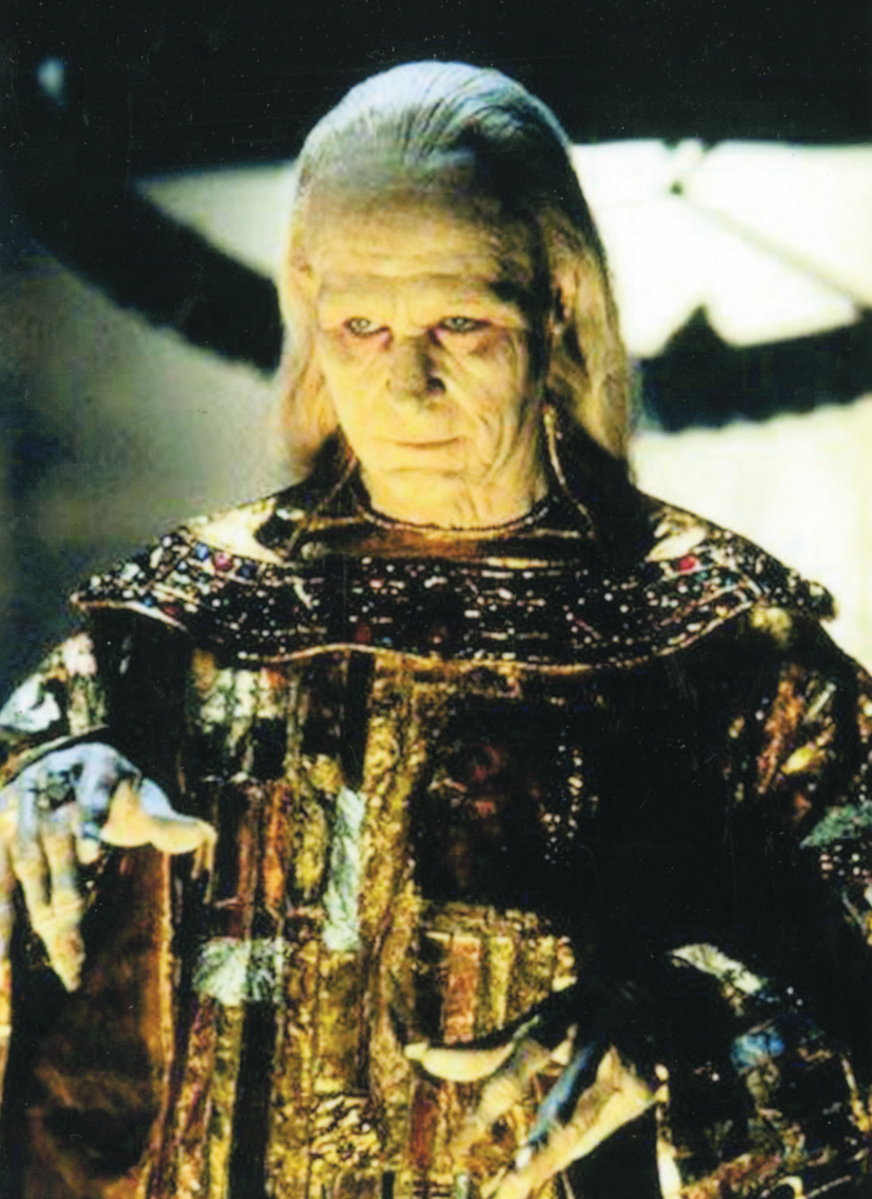
Gary Oldman in Columbia Pictures’ Bram Stoker’s Dracula (1992), directed by Francis Ford Coppola.
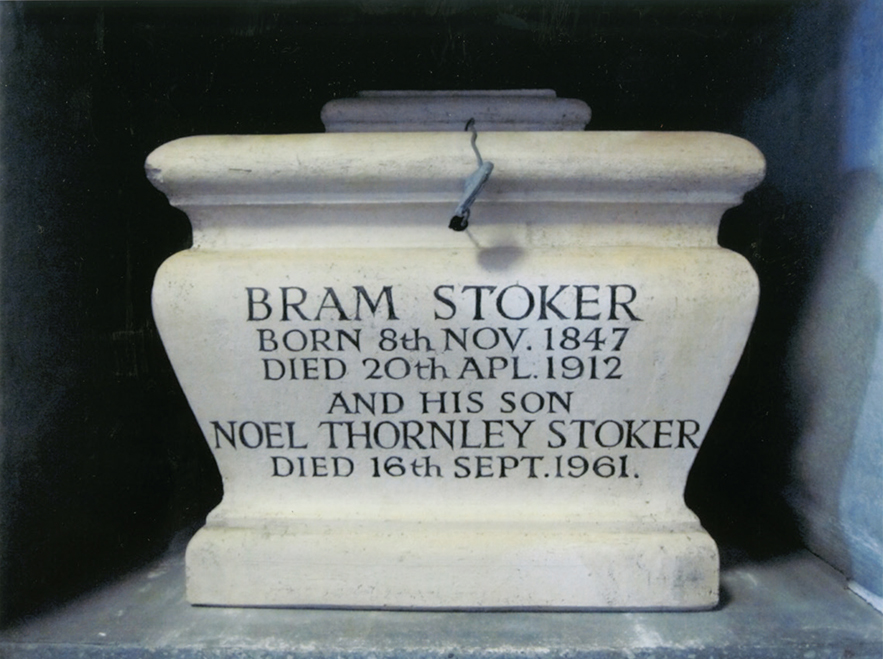
Bram Stoker’s burial urn, Golders Green Crematorium, London. (Copyright © Brian J. Showers)

Bust of Bram Stoker by artist Beatrice Stewart, displayed at a public memorial service marking the centenary of his death, at St. Ann’s Church, Dublin, 2012. (Photograph by the author)